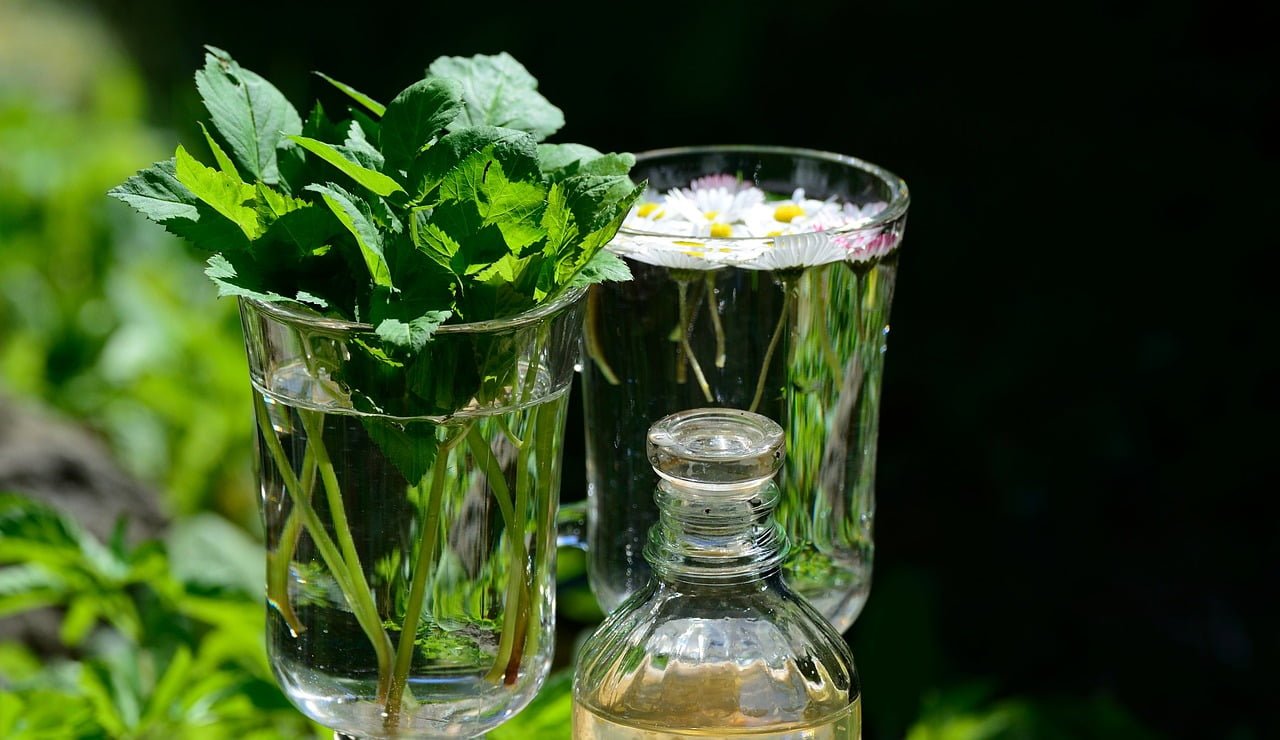The Lost Book of Herbal Remedies: A Comprehensive Guide to Natural Healing

Introduction to The Lost Book of Herbal Remedies
In today’s fast-paced world, many are turning back to nature for solutions to their health issues. This is our take on the best selling book. The Lost Book of Herbal Remedies, authored by Claude Davis and Dr. Nicole Apelian, serves as a bridge between ancient wisdom and modern needs. This blog post delves into the depth and scope of this remarkable book, highlighting its significance in the realm of natural health and wellness.
The Genesis of the Book
Dr. Nicole Apelian, an herbalist, biologist, and survival skills instructor, co-authored the book with Claude Davis. Her background in biology from McGill University and a doctorate from Prescott College, combined with her ethnobotanical work in Botswana and survival skills honed with the San Bushmen of the Kalahari Desert, make her an authoritative voice in natural remedies. Her personal battle with MS and successful use of natural remedies further add credibility to her work.

What the Book Offers
Spanning over 300 color pages, “The Lost Book of Herbal Remedies” is more than just a book; it’s a comprehensive guide to harnessing the power of plants. It’s divided into several sections, each dedicated to a different aspect of herbal remedies.

Plant Identification
The book is an excellent resource for plant identification, offering detailed descriptions and high-quality color photographs. Each plant listed comes with clear identification instructions, making it accessible even to beginners. To get the book now Click Here
Health Conditions and Remedies
The range of health conditions covered in this book is extensive. From common ailments like colds and allergies to more serious issues like autoimmune disorders and cancer, the book provides natural treatment options. It discusses various herbs and plants in detail, explaining how they can be used to treat specific conditions.
Practical Applications for The Lost Book of Herbal Remedies
Readers will find practical advice on preparing herbal remedies, including teas, tinctures, salves, and poultices. The book also addresses how to use these remedies effectively for various health issues
Survival Skills
Reflecting Dr. Apelian’s background in survival skills, the book offers insights into using plants not just for health, but also for survival. It includes information on edible plants and how to forage for them safely.
Safety and Considerations
While garden remedies are natural, it’s important to use them wisely. Always consult with a healthcare professional before trying new treatments, especially if you have existing health conditions or are taking medication. It’s crucial to be aware of possible allergic reactions or interactions with other medications. Remember, what works for one person may not work for another, and self-diagnosis can sometimes lead to complications. Educating yourself about each plant’s properties and potential side effects is key to safely incorporating garden remedies into your health regimen.

Detailed Exploration of Key Plants and Remedies in the The Lost Book of Herbal Remedies
Frequently Asked Questions
The book was co-authored by Claude Davis and Dr. Nicole Apelian
The book offers detailed information on identifying, preparing, and using plants for various health conditions, including survival skills.
Yes, it provides clear identification instructions and simple preparation methods, making it accessible for beginners.
Yes, it includes historical significance and traditional uses of the plants for various health conditions.
While the book provides valuable information, it’s always recommended to consult with a healthcare professional for serious health issues.
Historical Significance of Herbal Remedies
The historical context provided in the book gives readers an understanding of how these remedies have been used throughout history, from Native American traditions to battlefield applications in World War II. This historical lens not only adds depth to the remedies but also highlights the time-tested effectiveness of these natural solutions.
Application Methods for Modern Use
The book does not just list plants and their benefits; it also provides detailed instructions on how to prepare and use these remedies effectively. From teas and tinctures to poultices and inhalations, it offers practical advice for integrating these remedies into modern life.
The Lost Book of Herbal Remedies Wrap Up
“The Lost Book of Herbal Remedies” is a comprehensive resource, bridging the gap between ancient wisdom and contemporary health needs. It offers a wealth of knowledge for those seeking natural health solutions, backed by historical insights and practical applications.



